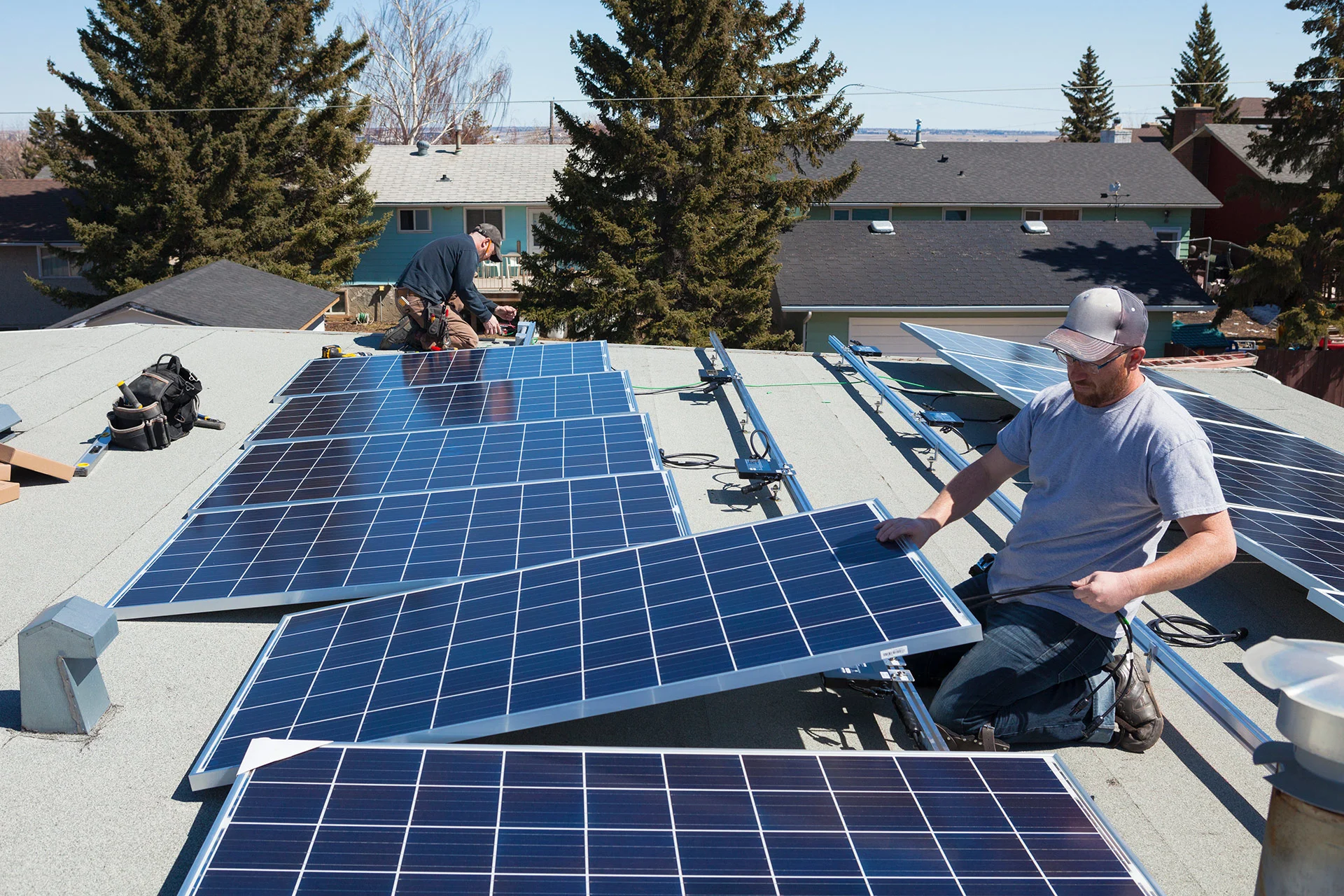
Earth Day theme makes plea to triple renewable energy while saluting triumphs
To mark the 55th anniversary of Earth Day on Tuesday, April 22, this year's theme focuses on a call-to-action on renewable energy--with a worldwide appeal to triple the output of it by 2030
With Earth Hour offering numerous ways to conserve energy, this year's Earth Day theme follows up on it with an emphasis on the importance of increasing renewable energy for securing our planet's future.
Hosted by EarthDay.org since 1970, Earth Day is held annually on April 22 as a global initiative to show support for the environment and raise awareness for further action.
SEE ALSO: Earth Hour offers climate solutions beyond turning off the lights
Marking the 55th anniversary of Earth Day, the 2025 theme is Our Power, Our Planet, which calls for a commitment to harnessing renewable energy to build a healthy, sustainable, equitable and prosperous future for all by pledging to renewable energy now.
As part of it, EarthDay.org wants global, renewable energy generation to be tripled by 2030.

(Lentochka/Getty Images/2209634719-170667a)
"The production and use of renewable energy transcends economic systems, political borders and political parties, demonstrating a universal appeal," a statement on EarthDay.org reads.
"This Earth Day 2025, let us commit to harnessing renewable energy to build a healthy, sustainable, equitable and prosperous future for us all. Support and adopt the rapid transition to renewable energy sources now, be it solar, wind, hydroelectric, tidal or geothermal."
Renewable energy goals 'within reach'
EarthDay.org said the solutions we need to create clean, inexpensive and unlimited energy for the entire planet through renewable solar, wind and other technologies are "within our reach."
To help promote the theme and how those goals are within grasp, the organization listed a number of accomplishments reached in the U.S. and other countries. Here are just some of the achievements.

(Steve Proehl/ The Image Bank/ Getty Images)
The year 2023 was remarkable for solar power in the U.S., with Climate Central data indicating that the country generated 238,121 gigawatt hours (GWh) of electricity from solar––more than eight times the amount created a decade earlier in 2014. California and Texas led the way for solar generation that year, with Florida, Nevada and Arizona also having notable renewable achievements.
The amount of electricity generated from solar energy in 2023 was enough to power the equivalent of more than 22 million American homes on average, Climate Central said.
As well, Texas, known for its traditional association with oil production, was the U.S. leader in wind-powered electricity generation in 2023––accounting for 28 per cent of all of the country's production that year, according to the U.S. Energy Information Administration (EIA).

(Juliano Corolesqui/Getty Images-2160949056-170667a)
Aside from the U.S. investing in renewable energy, China is also making significant funding in renewable energy. EarthDay.org said China is currently the world leader in wind and solar, with twice as much capacity under construction than the rest of the globe combined in 2024.
SEE ALSO: Renewables saw unprecedented growth in 2022, even as coal usage sets new record
Reported by The Associated Press earlier this year, China produced 357 gigawatts of solar and wind in 2024, a 45 per cent and 18 per cent increase, respectively, compared to what it had in operation at the end of 2023, citing the statistics to the country's National Energy Administration.

(Jem Sanchez/Pexels)
As a result, China surpassed a goal six years early––creating 1,200 gigawatts from renewables by 2030, The Associated Press added.
Also in 2023, Brazil reached a landmark in renewable energy use. It generated nearly 93 per cent of its electricity from clean sources in the first nine months of 2023, reported by Reuters. That tally is up more than 2 percentage points from the same period in 2022, and was the largest, clean-power share among major economies in the world.
Reuters also stated Brazil's hydroelectric use accounted for nearly 68 per cent of its total electricity generation in 2023.
WATCH: Amount of trash pulled from Toronto Harbour spiked in 2024
Renewable costs are dropping, energy sectors see more jobs
As part of the theme for 2025, EarthDay.org cited the lower costs of using renewable energy as one of the reasons for the increase in usage.

(powerofforever/ E+/ Getty Images)
For example, the cost of manufacturing solar panels has dropped significantly––putting them as one of the most affordable, and often the cheapest, form of electricity, according to the International Renewable Energy Agency (IRENA). The prices for solar modules dropped by as much as 93 per cent between 2010 and 2020. During the same period, IRENA said the global weighted-average, levelized cost of electricity (LCOE) for utility-scale solar PV projects fell by 85 per cent.
In Canada, renewable energy is creating more opportunities for job growth.
In 2020, Canada’s clean energy sector employed 430,500 people, according to a Clean Energy Canada report.

(Getty Images/Don White:1317477761-170667a)
By 2030, that number is projected to grow almost 50 per cent to 639,200. At the same time, Canada’s fossil fuel sector will see a 9 per cent drop in employment, the document said.
"Green jobs are growing in Canada faster than employment overall in the workforce," Geni Peters, director of research at Eco Canada, told The Weather Network in a 2023 interview. “Much of the growth has been initiated by changes in government policy and through initiatives by NGOs (non-governmental organizations) and private citizens, as well.”
WATCH: These Canadians are living off grid in 'Earthships'
With files from M.A. Jacquemain, a contributor to The Weather Network.
Thumbnail courtesy of Md Zakir Mahmud/Getty Images-2208820672-170667a.

